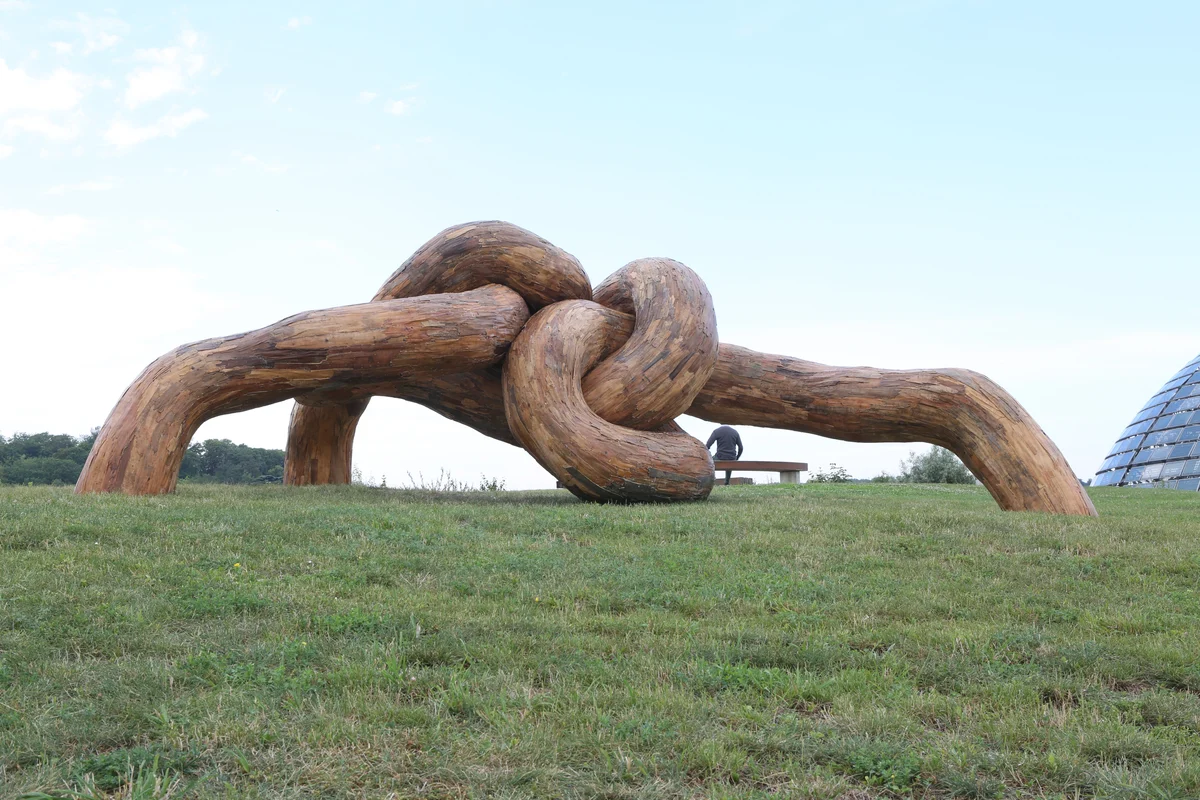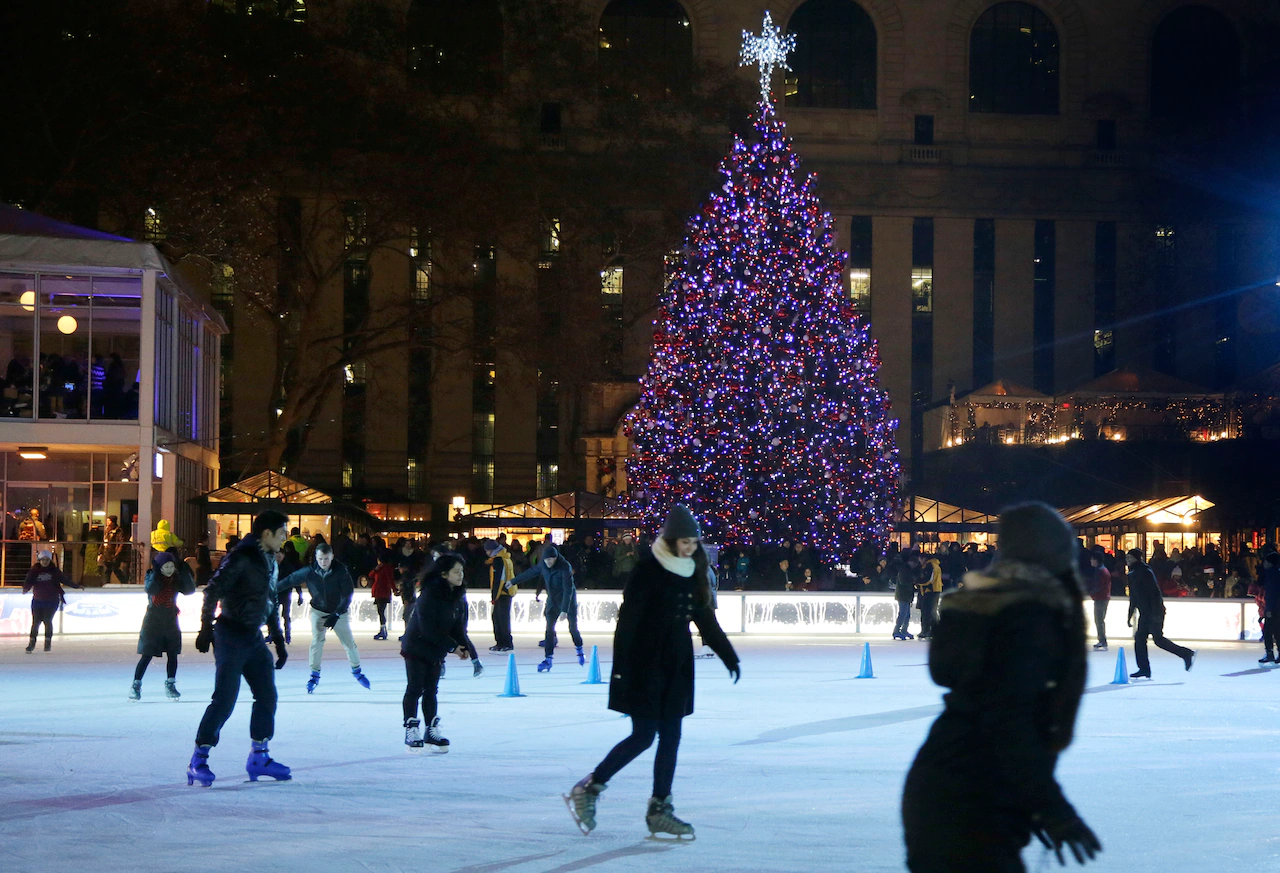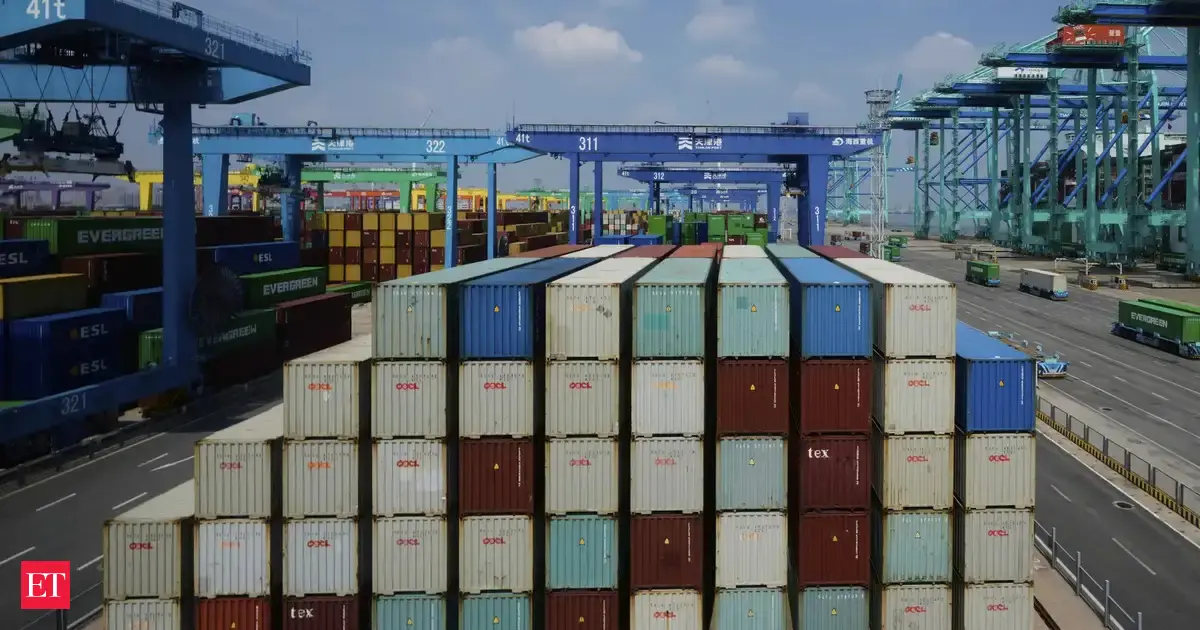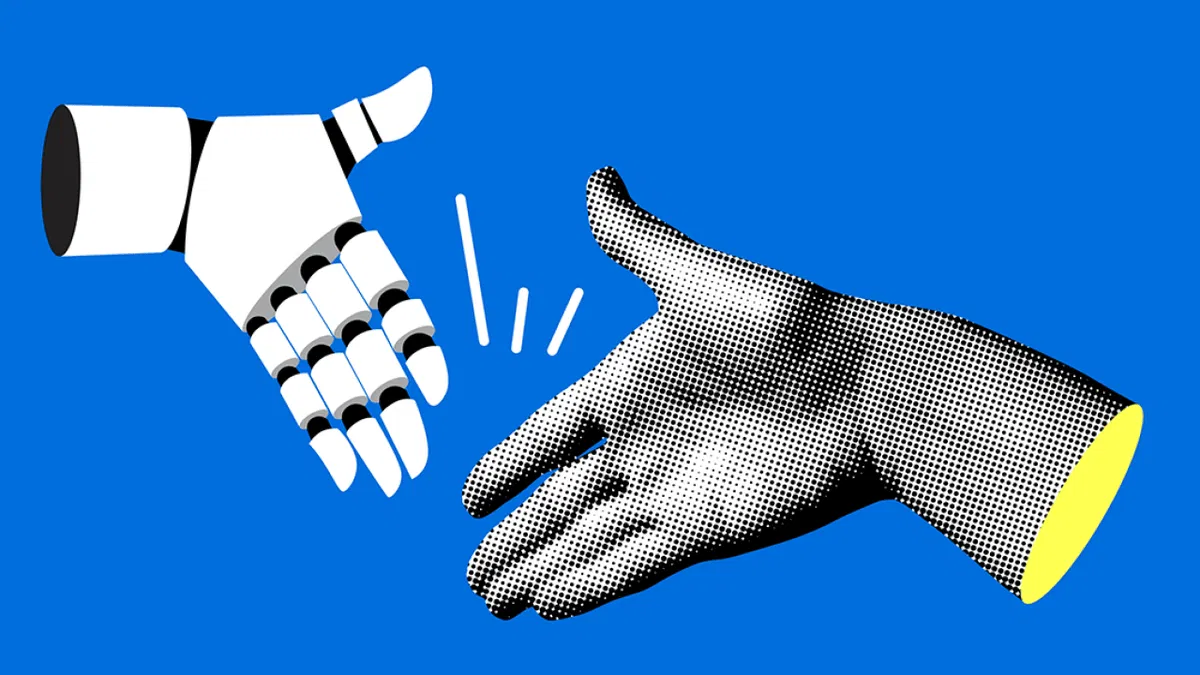By Martin Robinson
Copyright standard

London Sculpture Week began in 2022 in the post-lockdown world where getting outdoors again and engaging with art and even other people, were all necessary tasks. But since then the Week has grown to become a vital part of the capital’s art calendar. This year it’s taking place from 20 to 28 September with a huge range of contemporary works which combines five major public art initiatives: Frieze Sculpture, Sculpture in the City, The Line, the Fourth Plinth and public art across the East Bank.
Frieze Sculpture in Regent’s Park is being curated for a third year by London-based curator and writer, Fatoş Üstek, who told the Standard that part of the beauty of bringing together these different initiatives is in demonstrating the multifarious nature of sculpture, which isn’t simply about sticking a piece of art in a park for people to picnic around. It’s all about context, and how the art demands a response.
She says they want to celebrate sculpture but also show how, “different approaches to showcasing sculpture in the public realm because it responds to specific contexts. Like The Fourth Plinth responds to the context of national identity or Sculpture in the City responds to the context of being in the vastly used heart of London where people are usually constantly in and out of business meetings.
What this partnership is really about is extending the approach of art practice today and give people some free outdoors activities that may give the a rest, or a moment of inspiration.”
Highlights of the programme include a new sculpture on The Line at Bromley-by-Bow by Rasheed Araeen, one of Britain’s leading minimalist artists. A talk at the Fourth Plinth in Trafalgar Square will explore the history of one of the world’s most important public art commissions, as well as the current sculpture, Mil Veces Un Instante (A Thousand Times in an Instant) by Mexican artist Teresa Margolles.
Artist Simon Hitchens will stage two day-long performances at Frieze Sculpture in Regent’s Park, tracing the shifting shadows of a rock found at the grounds of Regent’s Park from dawn to dusk on both Sundays of London Sculpture Week. And there will be free themed tours of Sculpture in the City’s 14th edition, exploring topics such as the autumn solstice with artist Oliver Bragg, and the intersection of archaeology, mythology, and contemporary art with artist duo Jane and Louise Wilson.
The whole thing is about engagement, about creating reactions in people, not just having inert objects stood in parks.
“For me at Frieze Sculpture, it’s a very vibrant park, and sometimes it’s overwhelming the level of engagement you receive from audiences,” says Üstek, “They want to climb on the sculpture, poke their heads through it. But also there is also a wider offer of audio guides – my voice but also the artists’ voices – and with the partnership, what we are building is a kind of a cohesive, methodology of access.”
So it is tours, talks and guides, with the Bloomsberg Connect app there to aid Londoners through it all. There will also be the London Culture Week Symposium which will give an over-arching perspective on the event. Üstek says, “It’s not just about consuming sculpture, but looking at what is happening to society today, to our understanding of cities, what we expect from where we live and what we give.”
She says there has been a huge evolution over the past 50 years, “of art moving from interior spaces to the outdoors, where artists gave themselves the freedom to be outside the confinements of institutional frameworks.” By the 90s, this had dovetailed with a rise in city tourism, and became part of government strategies for tourist growth. She is enthused about the ways sculpture now provides “cluster points” where communities can find a way to belong and find meaning.
“People build meaning through feeling proud of having an artwork in their neighbourhood,” she says, “like the Henry Moore statue when it was returned to a social housing estate in Tower Hamlets, it became a social prize for every resident. Even people didn’t know who Henry Moore was. I think there’s going to be more interest in creating spaces for well-being, for regeneration, that include art and artists.”
As for Üstek‘s own curator baby, Frieze Sculpture, she says she is intent on working, “with an expanded notion of sculpture.”
By this she means, “artistic practices that employ different materials or question the medium of sculpture.” That means works made with straw and wood as well as the usual heavy metals, including Assemble’s Fibredog, a kind of giant effigy nodding to folklore that has been created from branches, thatch and materials found in the park, and which will lead an opening procession with Pagan overtones.
For the first time, this year Frieze Sculpture also has a title: In The Shadows. Üstek says this is about the shadow as a literary concept, as an art concept, and as a metaphor which encourages an engagement with the times we live in. “There are crises erupting left and right,” she says, “So I want to use free sculpture as a platform to discuss issues out loud. Shadows create an anticipation of fear, and we avoid stepping into them. I wanted to create a space of bravery, in that way. Shadows are not mere voids. They are zones of potential, where stories unfold quietly yet powerfully, often out of sight.”
“There is also myth that the first painting was a shadow, and I wanted to also bring how shadow has been an important concept for Renaissance art. Sculpture is actually formed from how the light hits the work and how there’s a shadow cast of the work, but also the attached shadow informs how we perceive form. It’s almost like the unvoiced component of sculpture. And then you can branch it out the shadow self as a self that we need to befriend if we want to overcome our behavioral patterns.”
Heady stuff, and the beauty of London Sculpture Week is that it rewards both small and large engagements, it can provide a nice day out for families but it may also change the way you think.
Üstek says, “I think what people could expect is to go out and wander and be open to being inspired or having experiences that is outside of the monotone of every day. They might even see work that they don’t like at all, and I find that so valuable too. It’s not about beauty and glory all the time. Life is not only about that, it’s also about good productive tensions, frictions.
I think people should just expect to be taken by things. So many things that can be thought about when when you’re engaging with art.”
London Sculpture Week returns from 20 to 28 September 2025 for a citywide celebration of public art from Frieze Sculpture, East Bank, the Fourth Plinth, Sculpture in the City, and The Line. Explore the full programme at londonsculptureweek.org



